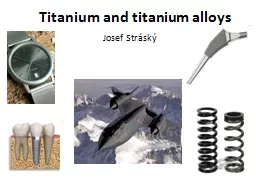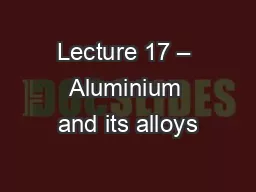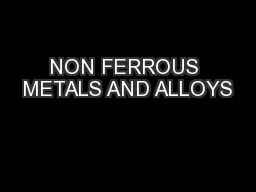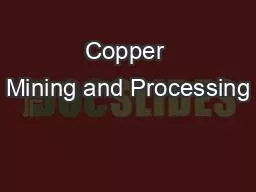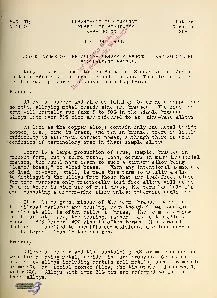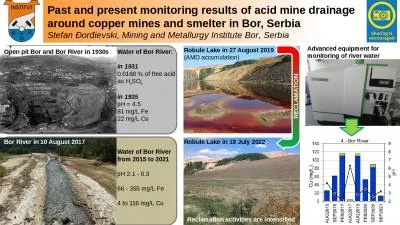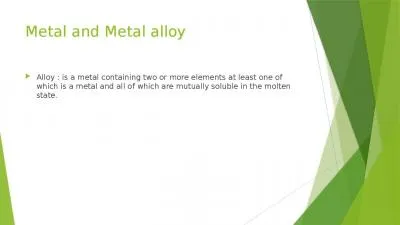PPT-Copper and its Alloys
Author : tatiana-dople | Published Date : 2016-04-13
Haseeb Ullah Khan Jatoi Department of Chemical Engineering UET Lahore Non Ferrous Metals and Alloys Usually metals and alloys are divided into two categories Ferrous
Presentation Embed Code
Download Presentation
Download Presentation The PPT/PDF document "Copper and its Alloys" is the property of its rightful owner. Permission is granted to download and print the materials on this website for personal, non-commercial use only, and to display it on your personal computer provided you do not modify the materials and that you retain all copyright notices contained in the materials. By downloading content from our website, you accept the terms of this agreement.
Copper and its Alloys: Transcript
Download Rules Of Document
"Copper and its Alloys"The content belongs to its owner. You may download and print it for personal use, without modification, and keep all copyright notices. By downloading, you agree to these terms.
Related Documents






